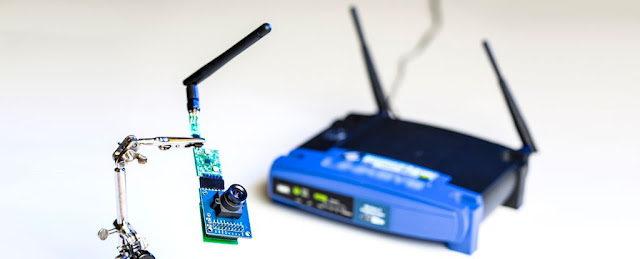Wi-fi has totally changed what internet is. It took internet from being “Bound by wire” to being “Bound by Space”. And the latter is really not a problem, because that “Space” is now almost everywhere. But, being surrounded by this much energy, do we use it enough?
NO, said a team of engineers at the University of Washington and that inspired them to develop a new system called Power Over Wi-Fi (PoWiFi), which can power devices within a wireless network using the inherent energy of Wi-Fi signals.
With a lot of weird ways to charge devices around, the idea of electricity flowing wirelessly through the air might sound more than a little alarming. However, the minimal amounts of current generated by PoWiFi offer no cause for concern. They could, however, be ideal for meeting the needs of low-power sensors in small devices like cameras and fitness trackers (but not smartphones and more powerful equipment, which require more juice).
In developing PoWiFi, the researchers found that the peak energy contained in regular Wi-Fi signals is sufficient to charge or run these kinds of low-power gadgets, but due to the way the signals are only sent intermittently, energy leakage inevitably occurs.
By optimising a router to send out additional power packets on Wi-Fi channels not currently in use – and integrating sensors into low-power devices such that they can feed on the signals – the team was able to make the signal strong and consistent enough to deliver power effectively.
In testing, the researchers showed that PoWiFi distributed enough charge to wirelessly run a low-power VGA camera from more than 5 metres away. It also recharged the battery of a Jawbone Up24 wearable fitness tracker from no charge to 41 percent in 2.5 hours.
In addition to measuring the system’s charging abilities, the researchers also tested the impact of running PoWiFi on the router’s regular role: delivering Internet access on a local network. In testing in six homes, users typically didn’t notice any slower than usual performance when it came to loading web pages or streaming content from the web (which is good, because that would be a deal-breaker).
With this much low specifications, it doesn’t look promising. But, the idea where you don’t have to remove your fitbit at all (for charging) does sound amazing! So, Further refinements to the PoWiFi can actually make one heck of an impact in the currently expanding Low powered smart devices industries!
Source: Science Alert
